I had a fascination with wolves when I was a kid. When I would hear about wolf sightings near my village Sumda Chun – in the Markha region of Ladakh – I would pester my father to take me close to one so that I could get a good look at it. My father would laugh at me affectionately and say that I’d run away out of fear if a wolf really decided to show up!
My wish to see a wolf up close remained unfulfilled. In those times, wild animals would shy away from humans and rarely come close to our village.
In the last couple of years, things have changed, and how! We can now spot wild animals from the rooftops of our houses! They fearlessly come near us. Markha Valley now attracts many tourists and wildlife conservationists who brave the cold winter winds for wildlife sightings, especially of the world’s most elusive big cat – the snow leopard. They visit the Hemis National Park in Markha Valley between the months of December and March each year and take back stories and memories of snow leopard sightings.
What caused the change? How did the conflict between humans and wildlife come to an end in this valley that is blessed with extremely shy and rare species of animals? This is how the unbelievable transformation happened.
Over two decades ago, people in Markha Valley were so poor, they did not have access to bare minimum necessities. The limited knowledge of farming through conventional ways enabled us to cultivate wheat and barley enough only for self-consumption. Vegetables and fruits, which were mostly imported, were luxuries that few could afford. We would consider ourselves lucky if we got to eat a banana! Scarcity of food made people turn to the only available alternative – hunting.
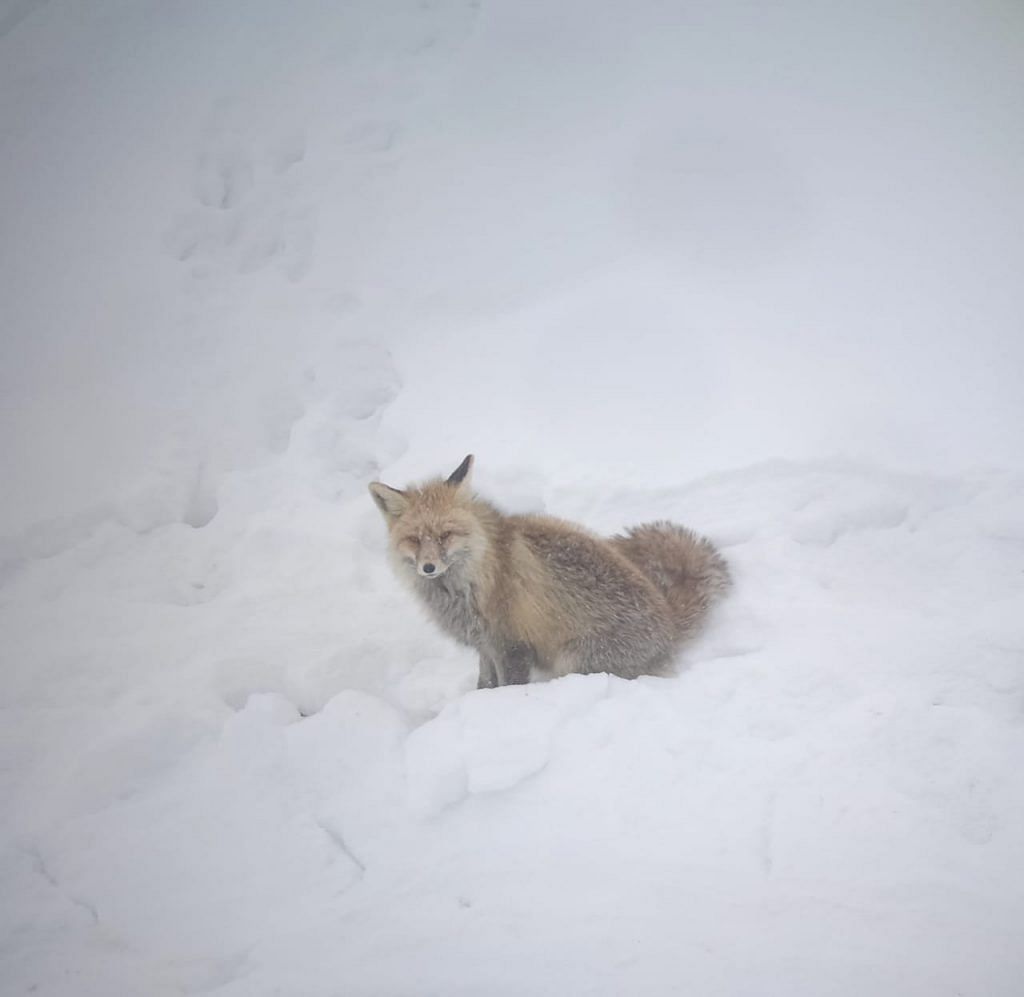
Also read: The forbidden forest in Meghalaya where you can’t touch a flower or tree
As hunting grew year after year, wildlife in the region dwindled. Animals such as blue sheep, deer and ibex reduced substantially, causing the population of snow leopards – who feed on these animals – to reduce too. Meat and Tsampa (flour milled from roasted barley) became the staple diet. Limited food availability in the harsh winters resulted in more hunting.
Lamas (monks) and Rinpoches (head monks at monasteries) were the earliest influencers, who preached against the killing of animals and promoted living in harmony with all living beings – a core principle of Buddhism. Most of the village folk, being followers of Buddhism, wanted to follow the teachings. However, for them, it was a choice between survival and spirituality. Survival won!
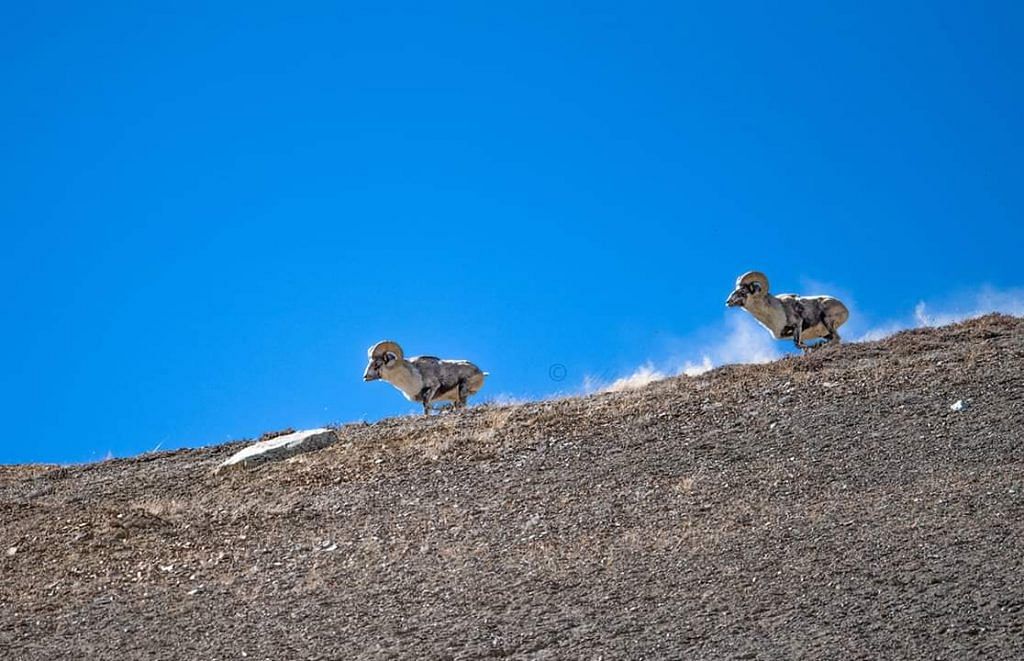
As a wildlife lover, I often felt concerned about the increasing hunting activity in the valley and its impact on animals. I wondered if I could do something for wildlife conservation.
I always yearned to stay close and connected to nature. I believed that working in the tourism sector could help me fulfil my wish. So, soon after I completed my primary education, I grabbed the opportunity to work with a well-known tour operator in Ladakh. I started off as a helper and before long, I had my dream job – that of a tourist guide – which took me to places I had never been to before. Later, I would also visit Darjeeling every winter to work as a storekeeper with the tour agency.
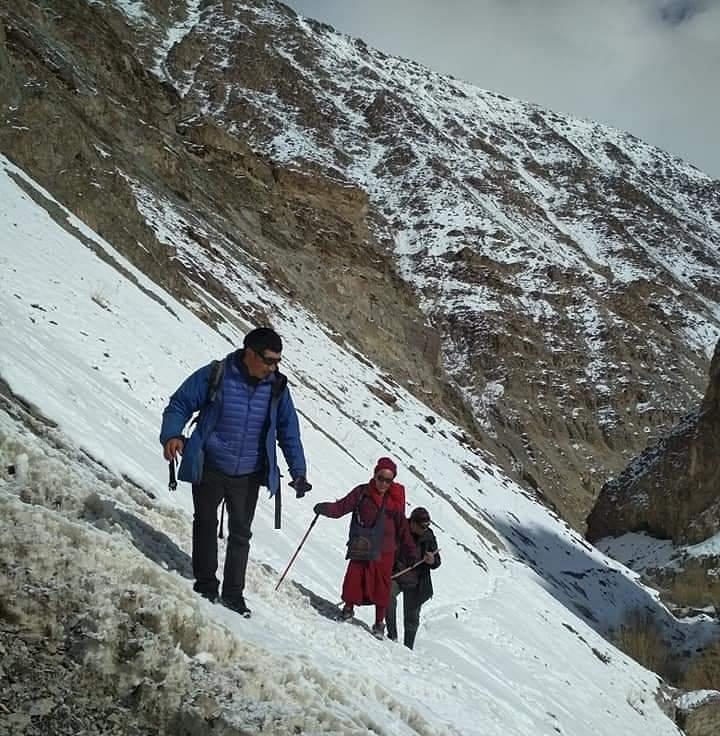
The experience I gained while working at different places, especially as a guide at Annapurna Base Camp in Nepal in 1996 and as a storekeeper in Darjeeling, helped me figure out how people there had successfully managed to conserve wildlife. These places had better infrastructure and stricter laws against mishaps in conserved areas. People respected wildlife as it brought tourism, which in turn brought prosperity. That wasn’t the case in the villages in Markha Valley.
Could a similar approach work in Markha Valley? I started to wonder. I was convinced that conservation efforts in my region would also go a long way in the development of my region. All this wasn’t possible in my individual capacity. To reach out and convey my ideas to wider audiences, I needed to work closely with local communities. My sense of responsibility and determination to contribute towards wildlife conservation brought me back to Markha Valley permanently in 2015.
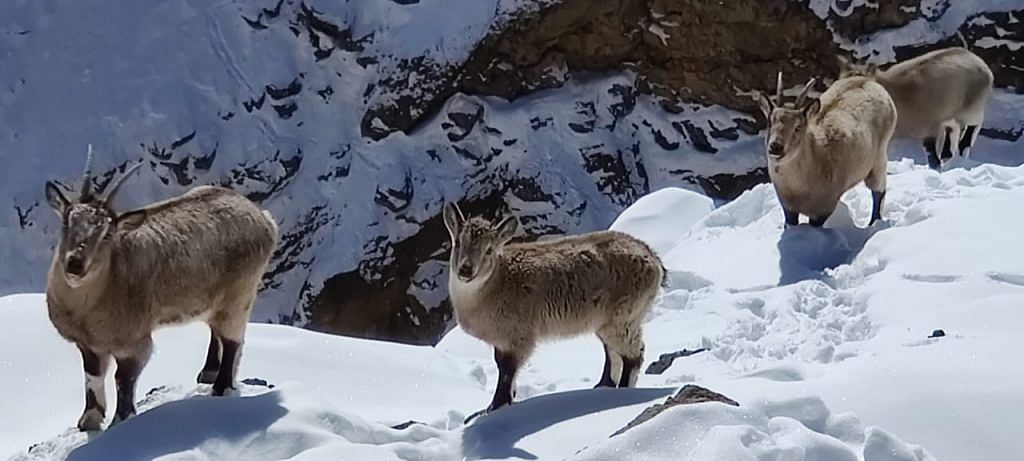
Also read:
I decided to get into public life and contested for the election of Sarpanch. Luck favored me! People showed faith in my merit and I won the election. Once elected, I wanted to prioritize wildlife conservation efforts. So I started engaging with the locals and also called upon the wildlife department representatives, who were already conducting awareness programs in the region. They happily agreed to join hands. We started discussing how tourism could help prevent harm to wild animals and bring development to the region. The teachings of the Lamas and Rinpoches also played a significant role in spreading awareness against harming animals.
Slowly, our efforts to improve tourism started reaping benefits and having a positive impact on wildlife. The basic question of sustainability remained though. To continue attracting more tourists and make a tangible impact, we needed more finances. When I contested for the election of councilor and got a term, I decided that we would focus on two basic needs – food and infrastructure.
The major cause of hunting of animals was limited food availability. To enable farmers to produce more food, we joined hands with the Agriculture Department to train farmers in different methods of farming. We also allotted councilor funds to create fences around farms to protect the crop from being eaten by wild animals such as blue sheep, ibex and deer. Access to new technology like greenhouse farming enabled people to produce food during winter.
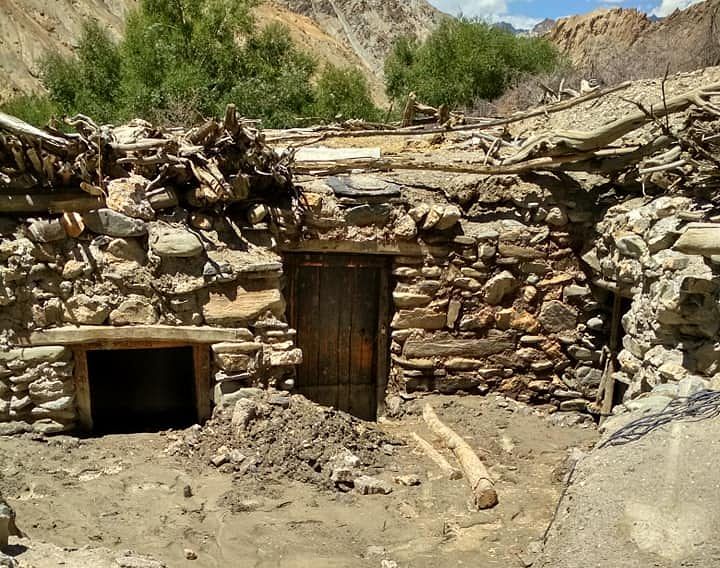
To promote wildlife tourism in the region, we decided to improve the infrastructure and spent some funds on the construction of paths and roads to the Sumda Chun, Rumbak and Sumda Chenmo villages.
Besides better infrastructure and food availability, some socio-economic factors helped us reduce the hunting of animals by locals. Awareness programs sensitized the younger generation about the need to conserve wildlife. As a result, children and youth started influencing older people not to kill animals. Lamas kept promoting a non-violent lifestyle. All these factors worked towards achieving a stable growth of wildlife and increased harmony between the villagers and animals.
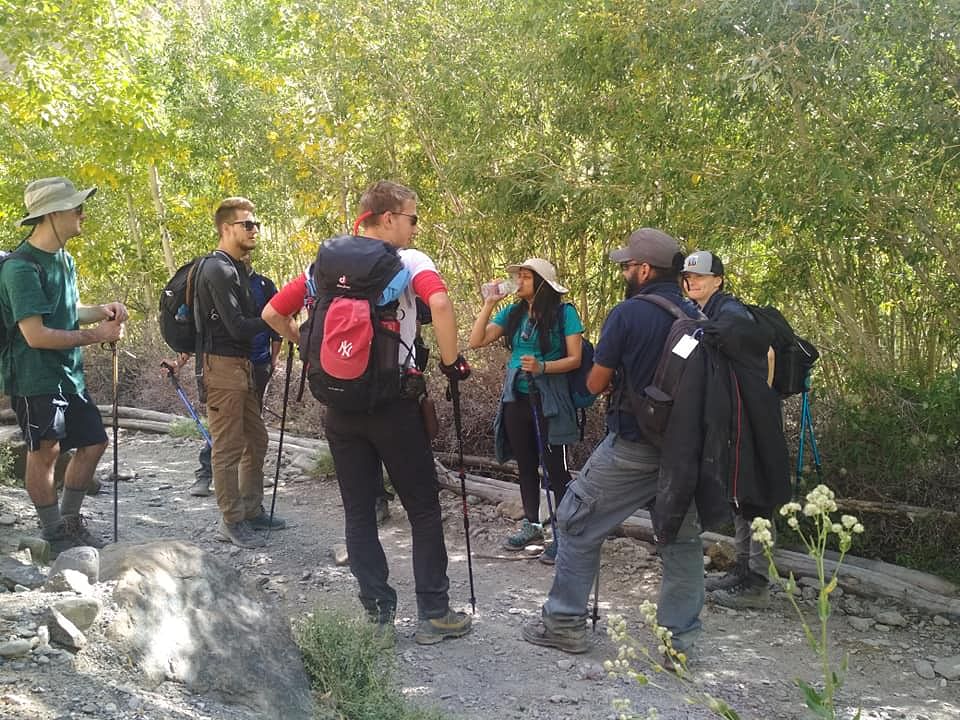
Over the years, tourism has brought prosperity to the villages in the Markha region. Homestays for trekkers and travelers bring a steady source of income. Village women make beautiful handcrafted toys of snow leopard and other animals from wool in winter and sell those to tourists.
Today, Markha Valley has a thriving population of blue sheep, ibex, wolf, deer and snow leopards! People have started living in peace and harmony with wild animals, and animals have started coming closer to the villages without fear. Spotting these animals in nearby areas has become common. People have learned the valuable lesson of coexistence with nature. It gives me hope… Maybe, just maybe, my childhood dream of seeing a wolf up close will come true someday!
Hear audio snippets of this story
Sonam is a councilor, mountaineer, wildlife enthusiast and social activist in the Markha region in Ladakh. An advocate of responsible tourism, he promotes village homestays and has been instrumental in preserving and promoting wildlife-based tourism. He also volunteers with Global Himalayan Expedition (GHE). Views are personal.
Voices of Rural India is a curated platform for rural storytellers. For perhaps the first time, it brings you stories from India’s rural communities, in their own voices.
This article has been republished with permission. Read the original article here.


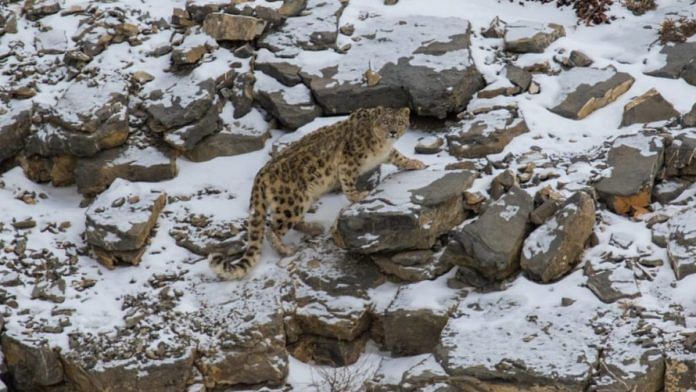

Wonderful effort by the author. But as the author would know tourism is not the solution. Responsible tourism would be the solution. Hope Markha Valley does not become another tourist spot.
A fantastic case study. Thanks.